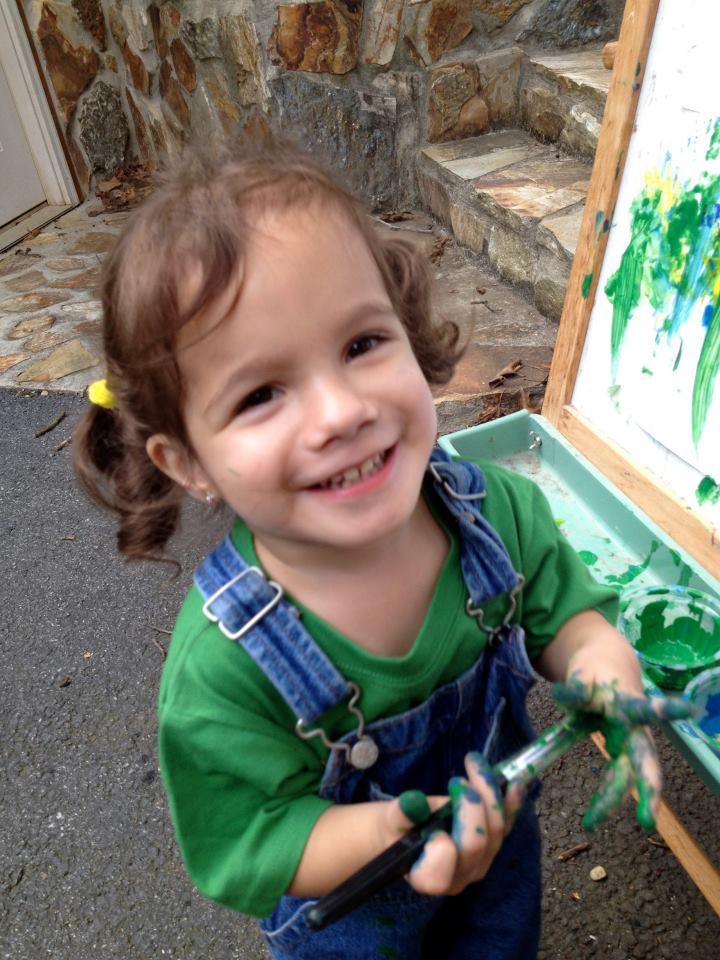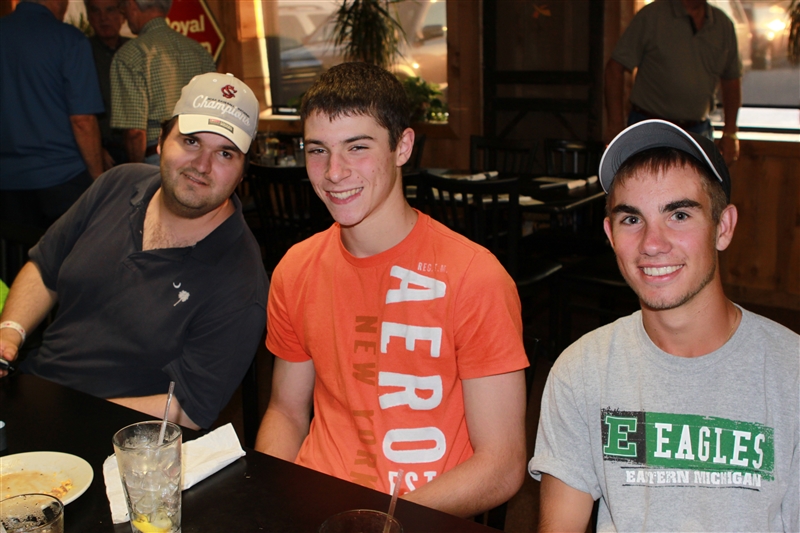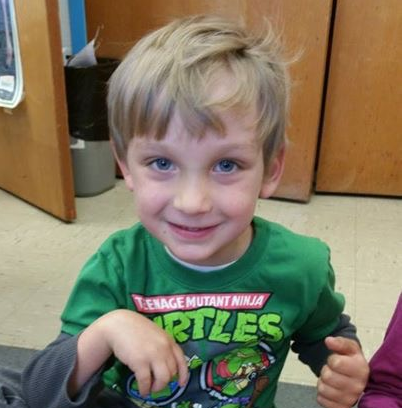
Hemiplegia, hemiparesis, or hemiplegic cerebral palsy are the result of a brain injury and children with brain injuries may have multiple disabilities and medical concerns. Each child is unique. One child may have a variety of hemiplegia-related differences while another child may have no related medical issues.
Medical Issues in Children with Hemiplegia
- Paralysis, partial paralysis, weakness, or difficulty using one side of their body
- Epilepsy (seizures)
- Visual impairment, visual field cuts
- Sensory and perceptual differences
- Problems with balance
- Speech and language differences
- Emotional and behavioral differences
- Learning differences
Less Common Medical Issues Faced by Children with Hemiplegia
- Feeding issues, including reflux
- Constipation
- Hearing problems
- Slow growth
- Hydrocephalus
- Scoliosis
Medical Treatments for Children with Hemiplegic Cerebral Palsy
Many parents choose to think of these as a way to keep their child healthy and not as a cure for hemiplegia or hemiplegia related differences.
- Physical therapy
- Occupational therapy
- Speech and Language therapy
- Glasses to help with vision differences
- Medication to stop or control seizures
- Use of a variety of orthotics and splints for hand, leg, and foot to obtain better position and avoid contractures
- Insertion of a shunt to control hydrocephalus
- Surgery to improve the position of the child’s arm, hand, thumb, or foot
- Bracing or surgery for severe cases of scoliosis
- Medication to decrease spasticity, including Baclofen and Botulinum toxin
- Hemispherectomy to stop or reduce seizures
Diagnostic assessment of the child with cerebral palsy – 2008 Report of the Quality Standards Subcommittee of the American Academy of Neurology and the Practice Committee of the Child Neurology Society








